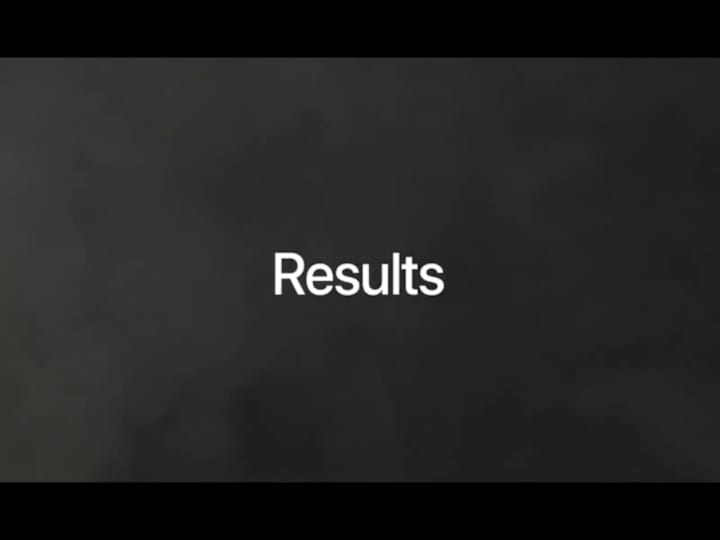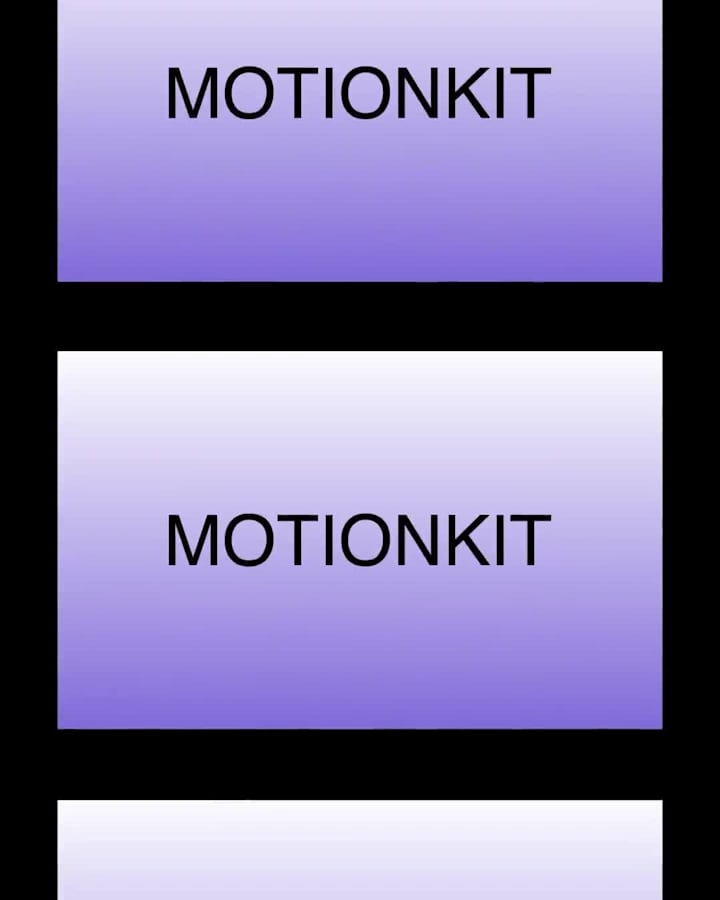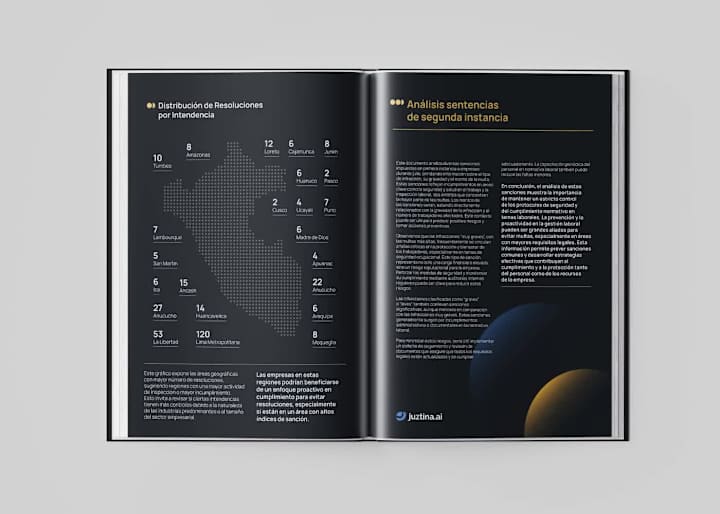How do I decide on the style of infographic I need?
Think about your brand and the message you want to share. Look at different infographic styles like timelines, flowcharts, or diagrams. Pick a style that fits best with the story you want to tell and catches the eye.
What information should I provide to the designer?
Give them the key data and messages you want in the infographic. Share any brand colors or fonts so they match your look. Clear instructions help the designer to make exactly what you need.
How important is setting a deadline with the designer?
Setting a deadline is super important. It tells the designer when you need the work done and ensures you get the infographic on time. Agreeing on a timeline helps keep the project on track.
What deliverables should I expect from the infographic designer?
Expect different files of the infographic like PDFs or images—the more, the merrier! Ask if you’ll get a high-definition version for printing or a web version that looks good online. Clear deliverables mean you can use the infographic wherever you want.
How can I ensure the designer understands my brand?
Share your brand guidelines with the designer. Talk about your audience and what makes your brand special. This helps the designer create something that fits perfectly with your company.
Why should I review the designer’s portfolio before starting?
Reviewing the portfolio shows you the designer’s skills and style. You can see if their previous work matches what you want. It’s a good way to know you’re hiring someone who can make what you need.
How do I give feedback on the infographic design?
Be clear and honest about what you like and don’t like. Use examples to show what changes you want. Good feedback helps the designer improve the infographic until it’s just right.
How can mood boards help in the design process?
A mood board shows colors, fonts, and images you like. It gives the designer a clear idea of the look and feel you want. Sharing a mood board can make the design process smoother and more fun.
What should I focus on in the initial consultation with the designer?
Discuss your project goals and ideas clearly. Talk about the style you’re going for and what information is most important. This sets a strong foundation for the project and helps the designer understand your vision.
What is a good way to handle revisions?
Agree on a process for making changes. Decide on the number of revisions ahead of time. This keeps things smooth and ensures the final infographic is exactly what you want.
Who is Contra for?
Contra is designed for both freelancers (referred to as "independents") and clients. Freelancers can showcase their work, connect with clients, and manage projects commission-free. Clients can discover and hire top freelance talent for their projects.
What is the vision of Contra?
Contra aims to revolutionize the world of work by providing an all-in-one platform that empowers freelancers and clients to connect and collaborate seamlessly, eliminating traditional barriers and commission fees.

- $50k+
- Earned
- 22x
- Hired
- 5.0
- Rating
- 56
- Followers
Top
Expert

- $50k+
- Earned
- 54x
- Hired
- 4.8
- Rating
- 335
- Followers
Top
Expert

- $50k+
- Earned
- 60x
- Hired
- 4.8
- Rating
- 54
- Followers
Expert
Expert

- $10k+
- Earned
- 15x
- Hired
- 4.8
- Rating
- 8
- Followers

- $10k+
- Earned
- 21x
- Hired
- 5.0
- Rating
- 158
- Followers
Top
















































































































